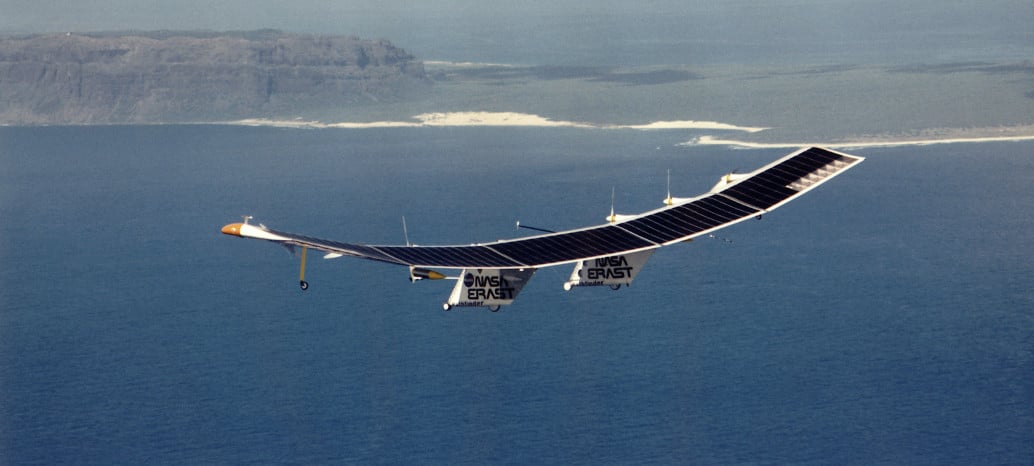Social network platform Facebook has successfully completed the first test flight of its new solar-powered aircraft Aquila, which is to be used to beam internet access into the farthest reaches of the planet using laser technology.
The British-designed plane boasts a wingspan as wide as a Boeing 737 but weighs less than a standard family car and requires less than 5,000 watts of power when cruising.
Facebook has confirmed that the aircraft’s first test flight was conducted in late June in Arizona, with Aquila circling the skies for 96 minutes – three times longer than planned. The unmanned drone has been designed to fly for three months non-stop, with its aim being to soar over the most remote regions of the globe beaming down internet access with its lasers.
Eventually, Facebook hopes to own and operate a fleet of solar-powered aircraft capable of traversing the skies constantly and ensuring that the four billion people in sub-Saharan Africa and other remote regions across the world are never without internet.
“We’re encouraged by this first successful flight, but we have a lot of work ahead of us,” said Facebook’s head of engineering Jay Parikh. “In our next tests, we will fly Aquila faster, higher and longer, eventually taking it above 60,000 feet.”
Using solar PV technology to power long-distance flight is not a new concept – satellites have been plastered with solar panels for decades – but in recent years the technology’s tumbling costs and increasing durability, flexibility and lightweight makeup have made solar PV a much more malleable and accessible technology for aviators.
The Solar Impulse 2 plane is perhaps the best-known proponent of this approach. The aircraft is currently in Egypt as it nears the finish line of its record-breaking round-the-world attempt. Facebook’s drone, however, is the first to combine solar with a mission to provide internet access to the world’s people.
Google’s parent company Alphabet is also looking to deliver something similar, but with the help of high-altitude wind-propelled balloons. Called Project Loon, the hope is to help mobile operators extend wireless networks into more sparsely populated or remote regions.
This content is protected by copyright and may not be reused. If you want to cooperate with us and would like to reuse some of our content, please contact: editors@pv-magazine.com.








By submitting this form you agree to pv magazine using your data for the purposes of publishing your comment.
Your personal data will only be disclosed or otherwise transmitted to third parties for the purposes of spam filtering or if this is necessary for technical maintenance of the website. Any other transfer to third parties will not take place unless this is justified on the basis of applicable data protection regulations or if pv magazine is legally obliged to do so.
You may revoke this consent at any time with effect for the future, in which case your personal data will be deleted immediately. Otherwise, your data will be deleted if pv magazine has processed your request or the purpose of data storage is fulfilled.
Further information on data privacy can be found in our Data Protection Policy.